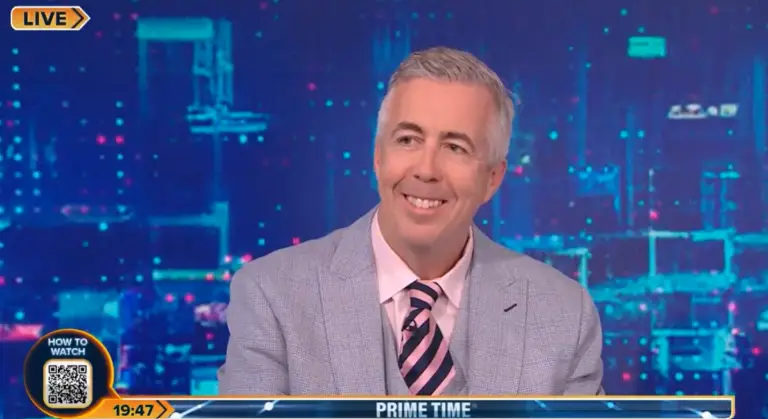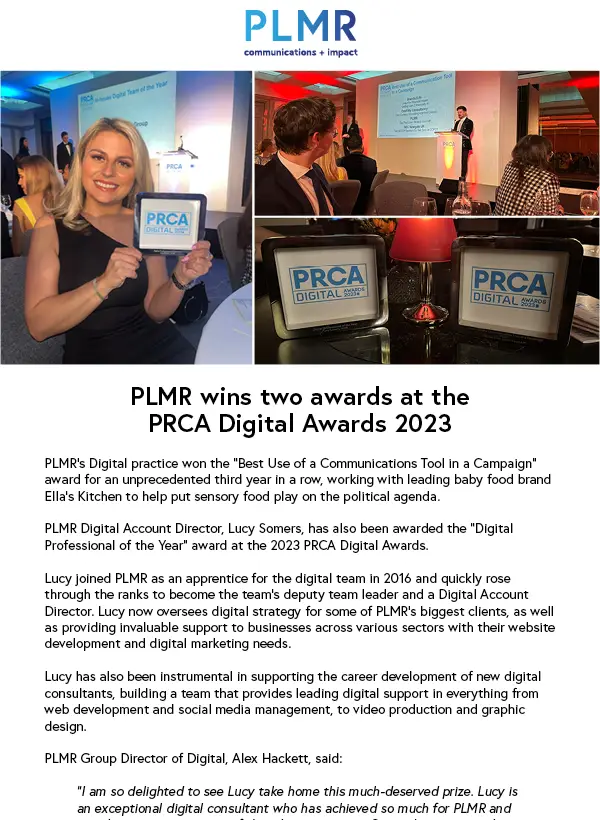We all know the vast majority of highly skilled and dedicated employees deliver fantastic care, day in, day out. So how do we stop those rare examples of cruelty or wilful neglect of duty? Even with rigorous recruitment checks, and the highest levels of training, it seems bad care slips through the net. What more can be done?
One care provider has announced a new approach to the problem. HC-One, the UK’s third largest care provider, has launched a consultation with residents, relatives and employees about the possibility of installing visible, ‘opt in’ cameras in their care homes.
The use of cameras is by no means a new debate in the sector, and people from all quarters – whether independent, public or third sector providers, regulators, or relatives’ associations – have long discussed the potential for filming in homes. The purpose of these cameras would be twofold. Firstly, to act as a deterrent against abuse, and secondly, to provide evidence that can be used to support punitive action against anyone found to have acted inappropriately. When a complaint is made, it would help residents, service users, their families or employees to uncover the truth of a situation. They say the camera never lies.
But let’s be clear. No one is saying cameras would provide a quick fix to the problem. Nor that should they be seen as an alternative to the foundations of good care, such as high levels of training and strong recruitment policies. Similarly, there is widespread consensus across the sector that we do not want someone sitting in an office monitoring a bank of screens. The provision of personal, professional, high-quality care remains the top priority.
It also worth reiterating two key principles of this new proposal – the cameras would be ‘opt in’, and all parties in the home would be made aware of them. This is not secret filming, trying to catch someone out. These are, crucially, people’s homes.
More widely, the Metropolitan Police has just begun a trial of cameras worn on officers’ uniforms, after a similar scheme in Southern California. The use of force by officers there who wore cameras went down by 60%. Complaints against police fell by 80%.
There has been criticism of surveillance cameras as intrusive, infringing civil liberties, but these complaints were often aimed at secret cameras; a different proposition. If the introduction of cameras is made with the consent of residents, their families, and employees, it is worthy of further investigation. Anything that helps to root out or prevent abuse has to be considered.
This article was first featured in the May print edition of Healthcare Business News
Tim Knight is an Account Manager at PLMR, who provide communications support to a range of clients in the Health and Social Care sector, including HC-One.



